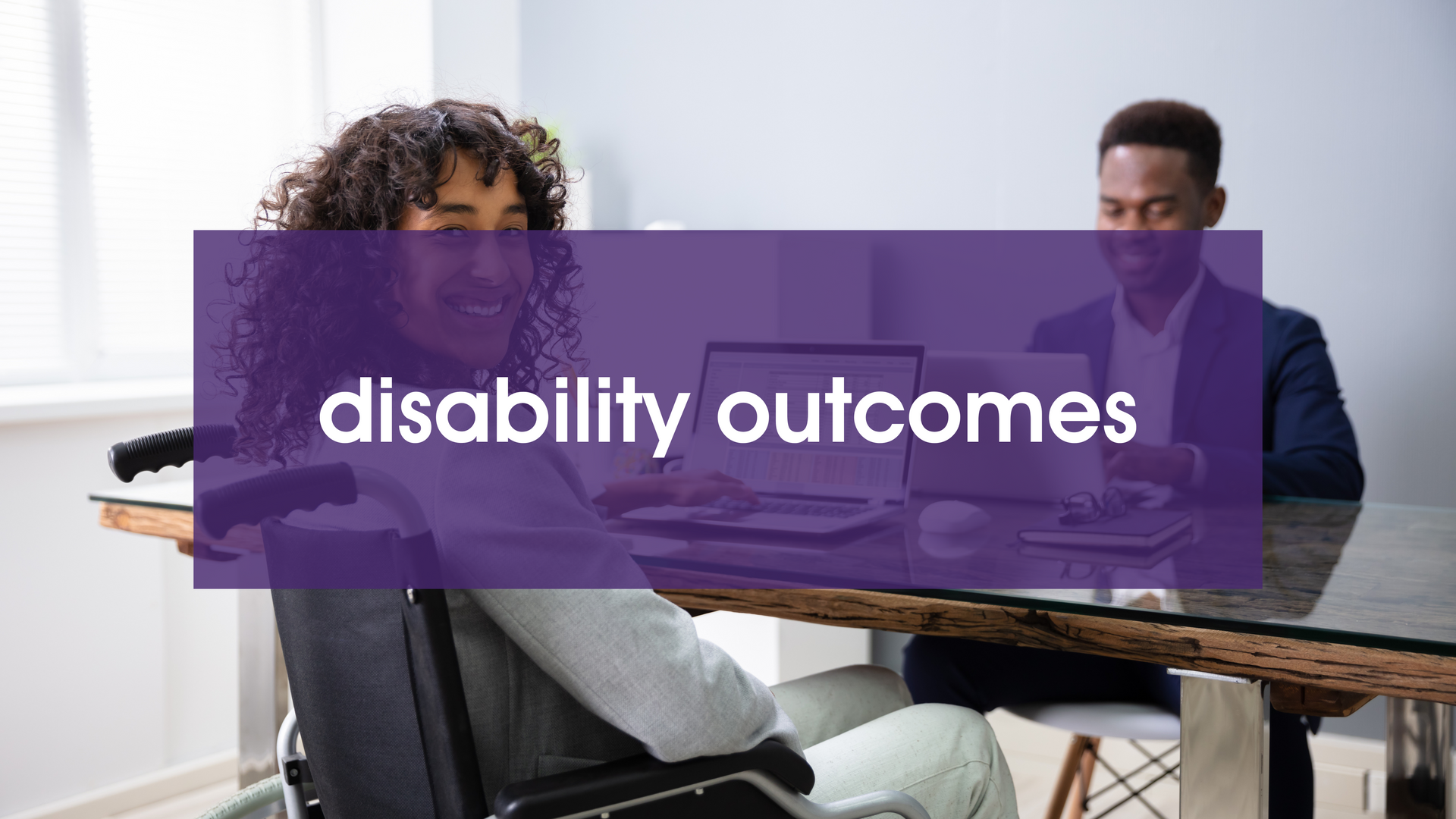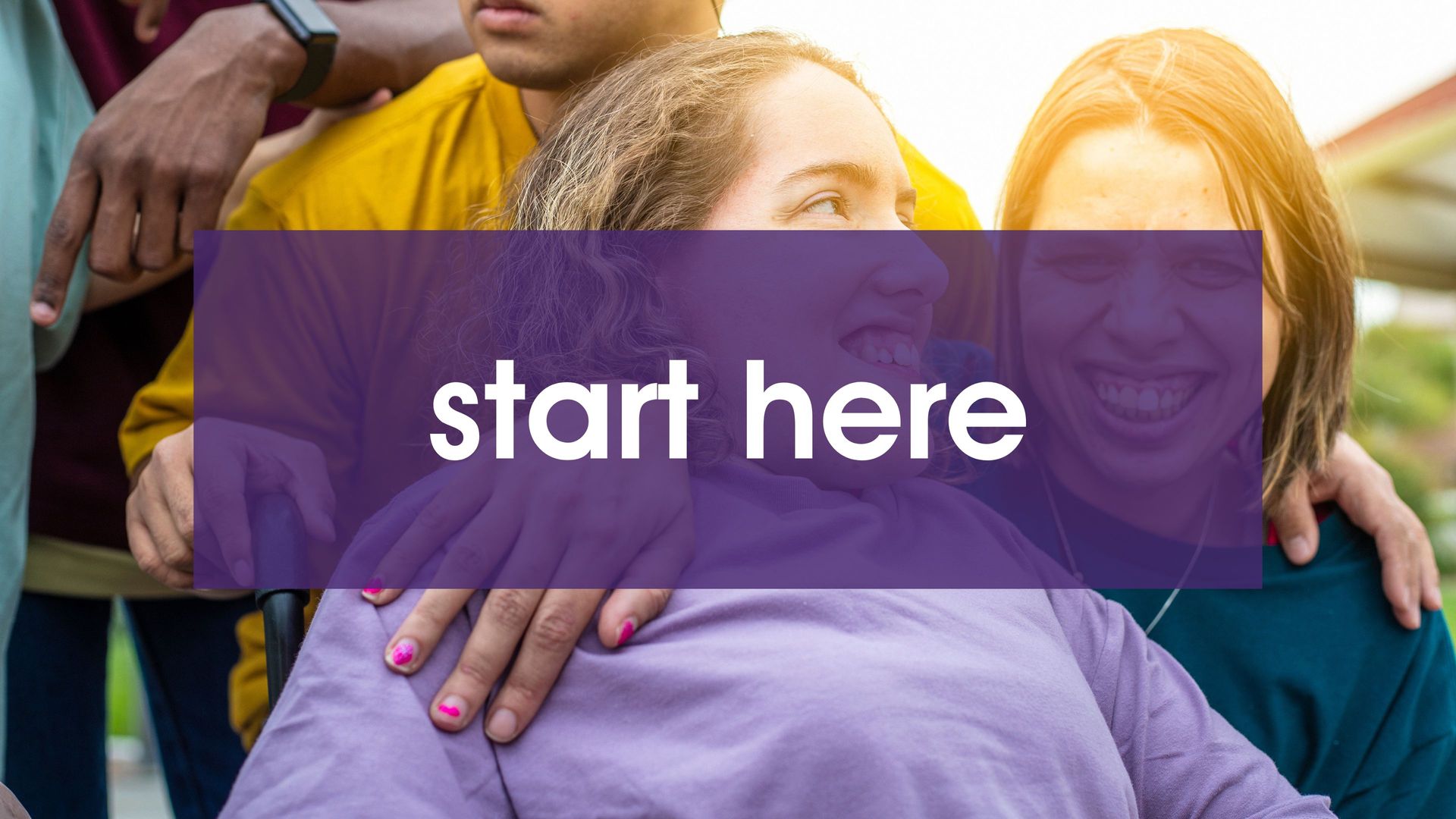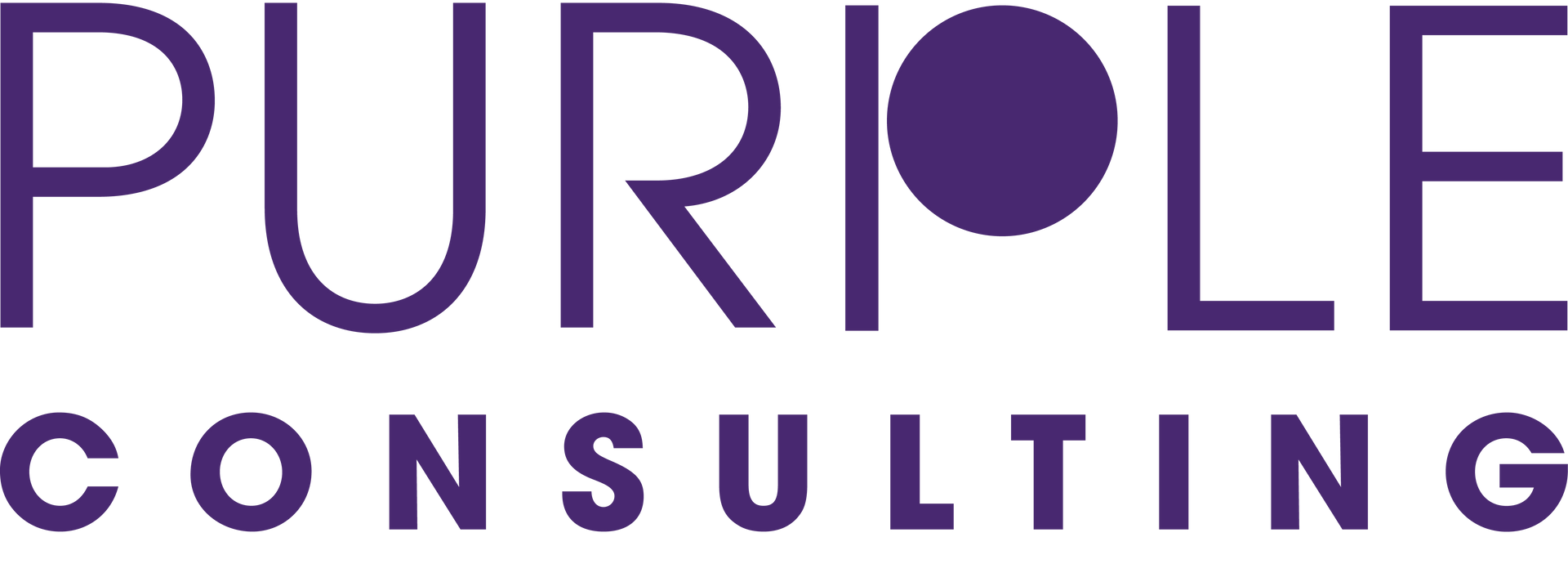
Six Recommendations for Building a Successful Disability ERG
This article provides essential recommendations for Employee Resource Group (ERG) leads looking to build a successful and impactful ERG.
These recommendations will also be helpful for sponsors and senior leaders looking to offer support and create space for ERG leads to thrive.
What are Employee Resource Groups?
Employee Resource Groups, also referred to as Employee Network Groups (ENGs) and Affinity Groups, are groups of employees who come together to support and represent those with a shared identity or characteristic such as ethnicity, gender, sexual orientation, disability, or veteran status.
In the world of corporate diversity, equity, and inclusion, Employee Resource Groups (ERGs) play a vital role in supporting and representing employees with shared identities or characteristics.
The scope and remit of ERGs varies between companies, particularly in regard to how effective such groups can be in supporting the organisation’s wider DEI goals. An Affinity Group's primary focus is creating a safe and supportive space for people with shared identities. On the other hand, an ERG also shares this responsibility while additionally aiming to connect the group's efforts to wider organizational DEI goals. In this article, we will use the term ERG to refer to Employee Resource Groups) and focus specifically on Disability ERGs.
How do Disability ERGs contribute to the overall success of a company's DEI strategy?
Disability ERGs foster inclusive and welcoming spaces for people with disabilities, including long-term health conditions, mental health conditions and neurodivergence.
These ERGs can be a powerful driving force by advocating for accessibility and inclusion for people with disabilities. They may also undertake additional responsibilities, such as holding disability educational events and acting as the voice of disabled employees to inform wider organisational disability strategy.
Unless you are compensated for your work as an ERG leader, such as those working for companies like LinkedIn, your role is likely voluntary. As such, it's essential to strike a balance between your day job duties and ERG responsibilities.
Recommendations:
The recommendations below provide a roadmap for new Disability ERG leads and those already in the role but looking to elevate the impact of their ERG.
1. Secure an ERG sponsor.
To ensure the disability ERG is visible at senior levels.
Gaining executive sponsorship for the ERG helps ensure you have the necessary resources, support, and visibility to succeed as an ERG. Your sponsor has an important role in advocating for the ERG, influencing at a senior level and ensuring the disability ERG has a seat at the table.
Establishing clear ways of working between sponsor and ERG lead is key. Here are some considerations and discussion points to set you up for a sucessful collaboration:
Decision-making accountability: What decisions does your sponsor want to be consulted on? Agree on the decision-making accountability between ERG leads and sponsor.
- Communicating with senior stakeholders: What is your sponsors role in advocating and communicating for the ERG at a more senior level? How can they help you achieve your DEI objectives?
- Budget: Do you have one? How much?
2. Define the ERG scope.
To ensure alignment and balance of work duties and ERG lead responsibilities.
Agreeing on the scope of the ERG with your sponsor and other relevant leaders is key to ensuring alignment on responsibilities and to avoid future scope-creep. Usually, ERG leads are deeply passionate about their ERG responsibilities and may tend to overextend themselves, so maintaining balance is key.
Questions to consider when setting out the scope of the ERG:
- Who does the ERG scope need to be approved by? Is it your sponsor? HR? DEI leader?
- What is the expected tenure of ERG leads?
- How many hours a week / month should ERG leads commit to the ERG?
- What is in scope in terms of expectations? Are you an adviser on organizational disability strategy?
- What resources do you need to deliver?
- What is the meeting and decision-making cadence?
Learning from other ERG leads in your company can be a great way to help you answer these questions.
3. Understand the needs of employees with disabilities.
Starting by gathering and assessing data will deliver superior results.
You may be limited by the data available - a good first step is to engage in a period of listening and asking open-ended questions to understand the greatest needs of your disabled colleagues. This will give you an early indicator of how you can be valuable and create a safe space for disabled employees. You should also review any survey data that is available to you while staying aware of data confidentiality guidelines.
4. Agree your disability ERG vision, outcomes & strategy.
Enables focus and alignment for ERG activities.
Once you have enough data to know how you can make the biggest impact as an ERG, focus on defining your ERG vision, outcomes, and strategy. Getting this ironed out early out enables a strong coherence for ERG activities.
Vision: The vision is your ERG’s ‘why’ and should be future based, revealing the long-term goal of the ERG. The vision should be inspiring, infused with passion and aligned with your company’s overall values and strategy.
Outcomes: ERG outcomes should be measures that create real benefit and improvements for your disabled employees. They help evaluate the impact and progress of your ERG. For more information on disability outcomes, click here.
Strategy: Once you know your vision and outcomes, you can build your strategy. This is ‘how’ you are going to achieve these outcomes. Keep it simple and focus on a maximum of 3 strategies. Once you have your strategies, you can build the tactics for delivering each strategy. At this stage, you are starting to think about specific initiatives, events and activities that align to the strategy, outcomes and vision.
If you have an ERG budget, this is where you’d start to allocate the budget against key activities.
5. Recruit members
Committed members ideally bring diverse perspectives, skills and experiences to to achieving the ERG's goals. You are now ready to recruit passionate members, allies, and advocates for the ERG by advertising your ERG.
To enhance membership and build momentum for your ERG, prioritize sharing your vision with engaging storytelling. Leverage existing employee networks, internal social media, your ERG sponsor, senior leaders, advocates and internal comms to promote the ERG.
In the early days, companies often find that employees don’t share the fact they have a disability with their employer - this is often known as 'self-ID'. This is usually due to stigma and fear around sharing their disability with managers. This is a very real concern which may impact on disability ERGs membership. There are a number of reasons people to not share their disability, some may be due to the stigma and fear of sharing a disability. This shouldn't be a challenge for ERG leaders to solve alone. However, ERGs can play an important part in normalising the conversation on disability, which alongside other self-ID activities, can increase self-ID.
For a discussion on how to overcome the barrier of low self-ID and to drive better confidence in sharing disabilities, get in touch
here.
6. Create a disability ERG lead team.
Employees can leverage existing skills and strengths to push forward the agenda of the ERG.
Building a lead team doesn’t need to be done initially but it will help you deliver more, share accountability, drive engagement, and build membership in the long-term. Examples of lead team roles might include Events Lead, Comms Lead and Site Lead.
As a disability co-lead for an ERG in my previous company, once we had agreed the outcomes and strategy, I knew we couldn’t deliver it alone. Before building the tactical plan, my co-lead and I recruited a lead team of 10 disabled employees and passionate allies, to work with us on tactics such as events, training and site audits.
Tips for employers
For employers with ERGs, recognising your employees for the significant contribution and work they deliver is crucial to building a culture of inclusion and belonging. Often huge recognition is given to additional projects employees take on; however, this doesn’t always extend to that of ERG work. Consider what appropriate recognition might look like for your company. 'ERG Awards', for example, are a great way to engage, motivate and recognise employees for their contribution toward driving a diverse, equitable and inclusive culture in your organisation.
With experience successfully leading a Disability ERG, including building a lead team, and creating a vision, outcomes, strategy and tactical plans, I can help you on your ERG journey.
If you are ready to build, accelerate and evolve your ERG, get in touch here.
New Paragraph


All Rights Reserved | Purple Consulting

